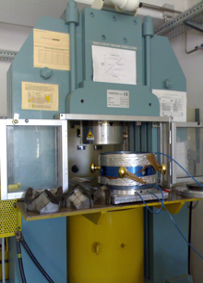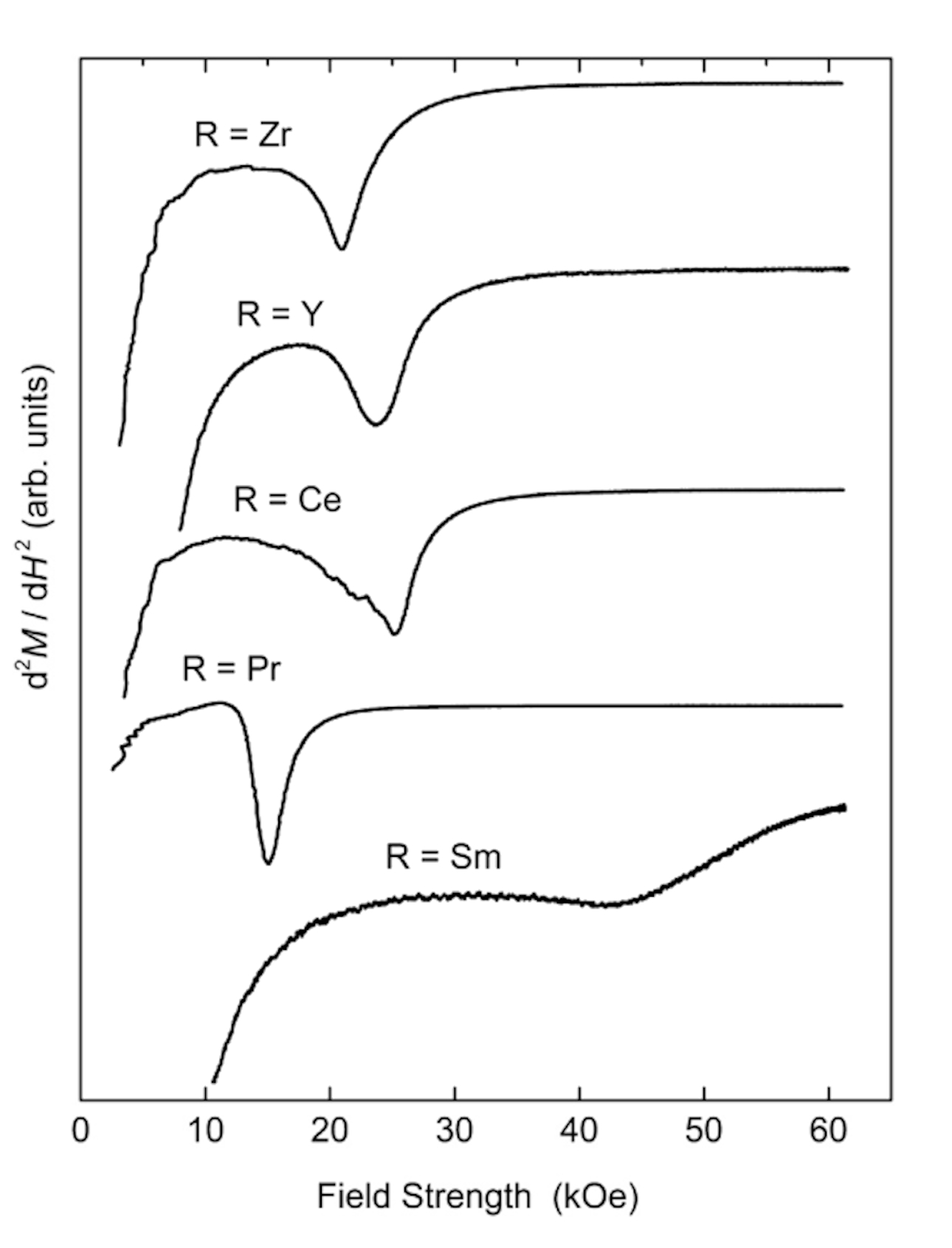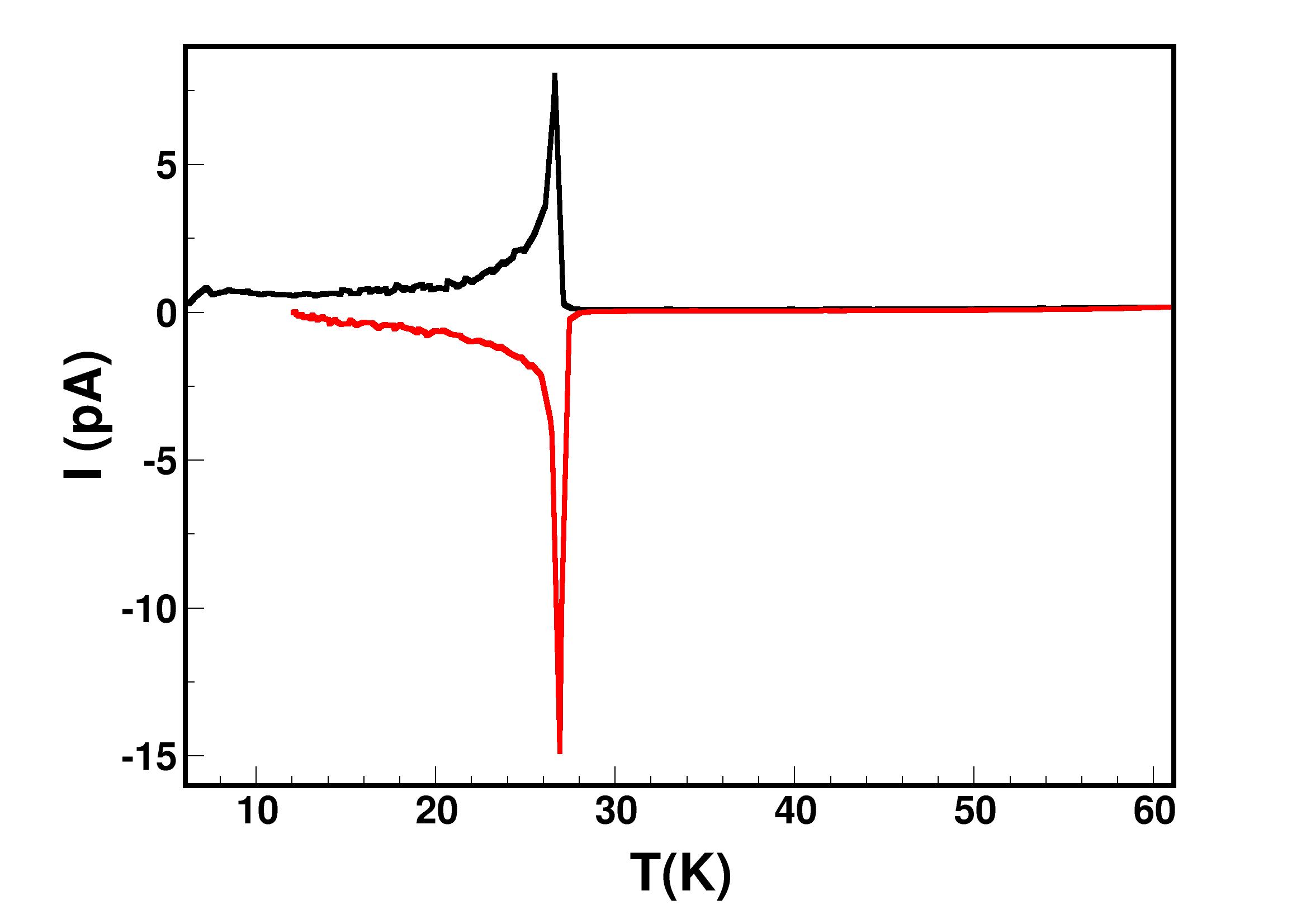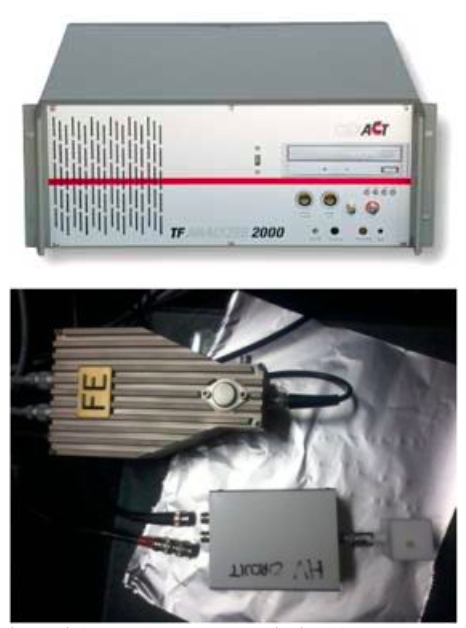HP/HT synthesis Facilities
The HP/HT Lab at IMEM is one of the most equipped Lab in Europe in the context of extreme conditions synthesis techniques. Here below, it is listed the facilities available dedicated to the solid state reactions in isotropic thermodynamic conditions within a wide range of temperatures and pressures.
- Multi-anvil Walker-type press - P range from 2 GPa to 25 GPa; T range from RT to 2200 °C
- End-loaded Piston Cylinders (1/2 inch, 1 inch, 2 inch) - P range from 0.05 GPa to 3.5 GPa; T range from RT to 1500 °C
- Hydrothermal machine - P range from RP to 0.3 GPa; T range from RT to 600 °C

The Multi-AnvilWalker-type press (Rockland Corps.) at IMEM
Magnetic anisotropy measurements in polycrystalline materials
Magnetic anisotropy is among the most important properties that are to be measured in permanent magnet characterization, but it often is of uncertain determination in polycrystalline samples. Singular Point Detection (SPD) is a special technique, developed at IMEM (former MASPEC) Institute that allows for quick and reliable determination of:
- anisotropy field
- metamagnetic transitions
- texture function

Second derivative of magnetization with respect to magnetic field for arc-melted Zr 5.9 R 2.5 Fe 76.2 Si 15.4 alloys with R = Y, La, Ce, Pr and Sm; the anisotropy fields can be obtained from the peak positions after correction for the self-demagnetisation
From: A.M. Gabay, R. Cabassi, S. Fabbrici, F. Albertini, G.C. Hadjipanayis - “Structure and permanent magnet properties of Zr1-xRxFe10Si2 alloys with R = Y, La, Ce, Pr and Sm ” - Journal of Alloys and Compounds 683, 271-275 (2016)
Physical measurements in magnetic/electrical field (& simulations)
Pyrocurrent
Pyrocurrent is the electrical current released by some materials on heating after previous polarization and cooling. Though of tiny intensity, it provides a tool to investigate ferroelectric as well as subtle structural transitions. When coupled to a magnetic field, it paves the way for the study of multiferroic and magnetoelectric materials.

Spin-driven ferroelectric transition of the perovskite TbMnO3 detected by means of pyrocurrent released from a single crystal after poling above (black line) and below (red line) the critical temperature
The Ferroelectrometer TF-Analyzer 2000E + FE module
(In collaboration with Prof. M. Solzi and Dr. F. Cugini @Physics Department University of Parma)
This powerful instrument, distributed by AixACCT GmbH in Aachen (DE), allow to measure dielectric, piezoelectric and ferroelectric properties for both films and bulk polycrystalline samples; it is suitable for samples of almost all the sizes, starting from 100 µm. The so-called “virtual background mode, i.e. the machine core system, allows to measure the static charge variations with maximum precision and speed. The ferroelectrometer characteristics are reported below.

The TF-Analyzer 2000E system (top) and the Ferroelectric module implemented with the home-made high-voltage circuit
The main hardware features are:
- Frequency Range: 10mHz - 5 KHz
- Voltage Range: low V mode: 0 - 25V (for films charact.)
- high V mode: 1 - 2000V (with TREK amplifier, for bulk charact.)
- Temperature Ranges: Two working static temperatures: RT & LN2; now implemented with cryostat to work vs. T (from LN2 (possibly LHe) to RT)
- Measurement Duration: ultrafast: complete FE-cycle lasts few seconds
The main software features are:
- Hysteresis measurement (DHM)
- PUND measurement (PM)
- Capacitance measurement (CM)
- Static hysteresis measurement (SHM)
- Leakage current measurement (LM)
- Fatigue and Imprint Measurement (F-IM)








